Hungary mourns victims of Soviet invasion
Hungarians remembered Sunday those who died when troops from the Soviet Union crushed the 1956 Hungarian Revolution.
Monday, 05.11.2007.
10:00

Hungarians remembered Sunday those who died when troops from the Soviet Union crushed the 1956 Hungarian Revolution. This year's commemoration of the revolution against Soviet domination and Communism occurs during a time of political turmoil in Hungary. Hungary mourns victims of Soviet invasion At a main cemetery of Budapest, Hungarian Prime Minister Ferenc Gyurcsany and President Laszlo Solyom were among those laying flowers at the graves of leaders executed for their role in Hungary's fight for democracy and against Soviet domination. Among them Hungarian Prime Minister Imre Nagy and his aids who were reburied in 1989, decades after they were executed and dumped in an unmarked grave for their role in the freedom fight by Hungary's Kremlin-backed Communist regime. Initially, the revolution began with great hope on October 23, but the battle was lost November 4 when Soviet forces massively invaded Budapest. News reels discovered in archives reported on the relentless attack on the Hungarian capital. "Russian tanks rumble back into Budapest to turn that hope into heartbreak, 5,000 tanks come with 200,000 Soviet troops to snuff out the torch that brave Budapest had held so high ..." About 2,800 Hungarians, including many young rebel fighters, were killed in the Soviet Army attack and the ensuing period. About 700 Red Army soldiers also died, according to experts. At a corner in Budapest in the shadow of what is now a gigantic shopping mall stands a bronze monument with small nearby wooden works of art to honor those who died. In 1956 there were dead bodies here at Szena Square, as outgunned freedom fighters and unarmed demonstrators were killed. While many were busy shopping in the nearby mall this Sunday, elderly Hungarians paused, burning candles and covering the otherwise forgotten memorial with flowers. Among them 77-year-old Ferenc Gerzanics, accompanied by a teenager who studies it at school. He says it is like going to church. I always come here. Not only November 4, he tells the student and a reporter. He says, I was 26 when the revolution broke out. I knew people who died here, for me this is a place of reflection. Hunor Intze, who is 65, brought with him a candle to this windy site of town. He regrets that many Hungarians, in his words, have not changed their mentality since the collapse of Communism in 1989. He explains that one of his older brothers died in the fighting near the town of Pecs in 1956, while another brother who also fought in the revolution managed to flee to the United States. He says he was only 14, but still remembers the demonstrations. He says, you had two types of people: those who worked with the regime and others, like my family, who opposed it. I regret that many Hungarians have not changed their Communist mentality, he says. The commemorations were held at a time of political turmoil. Since late last month far-right demonstrators, including people known for their anti-Jewish and anti-Roma opinions, have protested against the government they regard as made up of communists. In clashes with police last month nearly 20 people were injured and dozens of protesters detained. They are particularly angry that Hungarian Prime Minister Gyurcsany, a former leader of the communist youth movement, admitted in a leaked recording to lying about the economy to win re-election. There are also protesters who accuse the government of establishing close ties with Russia. Younger people, including 30-year-old Internet Technology consultant Istvan Molnar, believe it is time to learn from those who gave their lives for Hungary's freedom. "Yeah, it is important to remember it but not in a negative way, like bad things that we should hate Russians because of this," said Istvan Molnar. "No, no, no. Not at all. Those things happened in the past. We have to remember those things and we have to ensure that it does not happen again. By keeping up the democracy and so on. And we have to remember those people who were fighting for the revolution and for freedom." He regrets there are still problems with Hungary's young democracy and that not all ideals of the revolution may have been realized. At the same time many believe their country's membership of the European Union and NATO are hopeful signs for the future.
Hungary mourns victims of Soviet invasion
At a main cemetery of Budapest, Hungarian Prime Minister Ferenc Gyurcsany and President Laszlo Solyom were among those laying flowers at the graves of leaders executed for their role in Hungary's fight for democracy and against Soviet domination.Among them Hungarian Prime Minister Imre Nagy and his aids who were reburied in 1989, decades after they were executed and dumped in an unmarked grave for their role in the freedom fight by Hungary's Kremlin-backed Communist regime.
Initially, the revolution began with great hope on October 23, but the battle was lost November 4 when Soviet forces massively invaded Budapest. News reels discovered in archives reported on the relentless attack on the Hungarian capital.
"Russian tanks rumble back into Budapest to turn that hope into heartbreak, 5,000 tanks come with 200,000 Soviet troops to snuff out the torch that brave Budapest had held so high ..."
About 2,800 Hungarians, including many young rebel fighters, were killed in the Soviet Army attack and the ensuing period. About 700 Red Army soldiers also died, according to experts.
At a corner in Budapest in the shadow of what is now a gigantic shopping mall stands a bronze monument with small nearby wooden works of art to honor those who died. In 1956 there were dead bodies here at Szena Square, as outgunned freedom fighters and unarmed demonstrators were killed.
While many were busy shopping in the nearby mall this Sunday, elderly Hungarians paused, burning candles and covering the otherwise forgotten memorial with flowers. Among them 77-year-old Ferenc Gerzanics, accompanied by a teenager who studies it at school.
He says it is like going to church. I always come here. Not only November 4, he tells the student and a reporter. He says, I was 26 when the revolution broke out. I knew people who died here, for me this is a place of reflection.
Hunor Intze, who is 65, brought with him a candle to this windy site of town. He regrets that many Hungarians, in his words, have not changed their mentality since the collapse of Communism in 1989.
He explains that one of his older brothers died in the fighting near the town of Pecs in 1956, while another brother who also fought in the revolution managed to flee to the United States. He says he was only 14, but still remembers the demonstrations. He says, you had two types of people: those who worked with the regime and others, like my family, who opposed it. I regret that many Hungarians have not changed their Communist mentality, he says.
The commemorations were held at a time of political turmoil. Since late last month far-right demonstrators, including people known for their anti-Jewish and anti-Roma opinions, have protested against the government they regard as made up of communists.
In clashes with police last month nearly 20 people were injured and dozens of protesters detained. They are particularly angry that Hungarian Prime Minister Gyurcsany, a former leader of the communist youth movement, admitted in a leaked recording to lying about the economy to win re-election. There are also protesters who accuse the government of establishing close ties with Russia.
Younger people, including 30-year-old Internet Technology consultant Istvan Molnar, believe it is time to learn from those who gave their lives for Hungary's freedom.
"Yeah, it is important to remember it but not in a negative way, like bad things that we should hate Russians because of this," said Istvan Molnar. "No, no, no. Not at all. Those things happened in the past. We have to remember those things and we have to ensure that it does not happen again. By keeping up the democracy and so on. And we have to remember those people who were fighting for the revolution and for freedom."
He regrets there are still problems with Hungary's young democracy and that not all ideals of the revolution may have been realized. At the same time many believe their country's membership of the European Union and NATO are hopeful signs for the future.



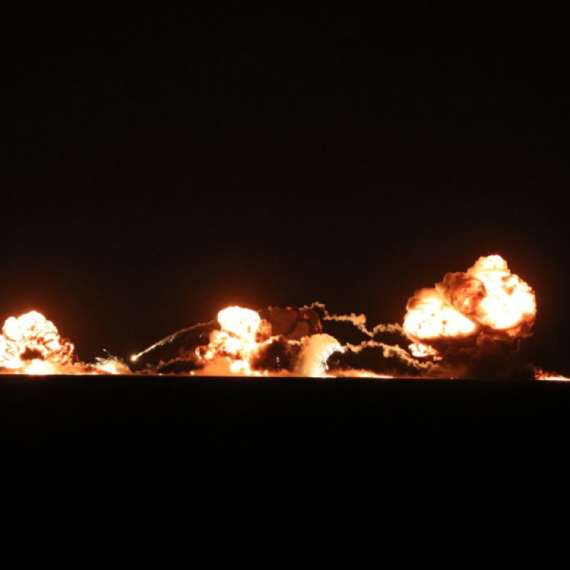
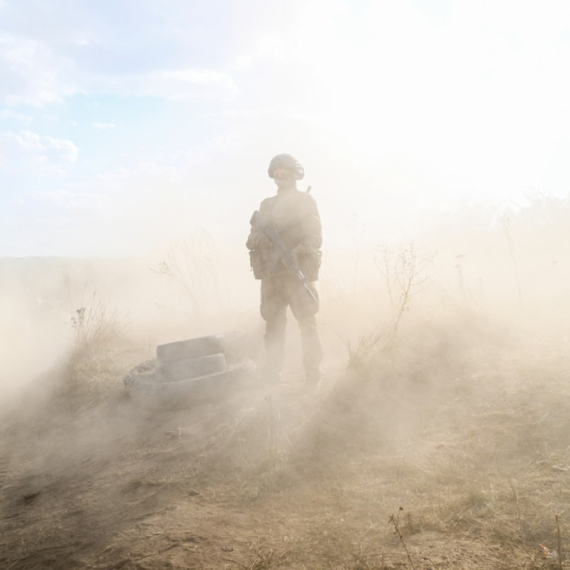
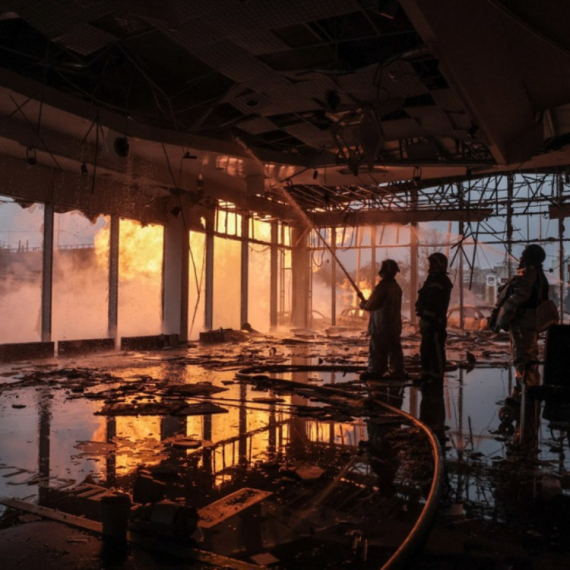
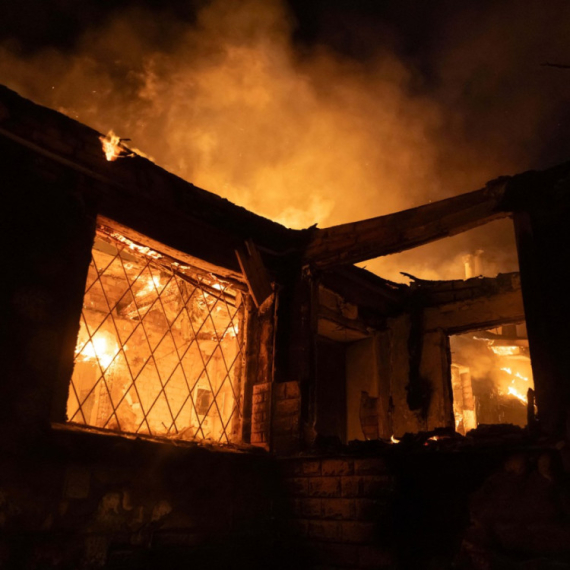



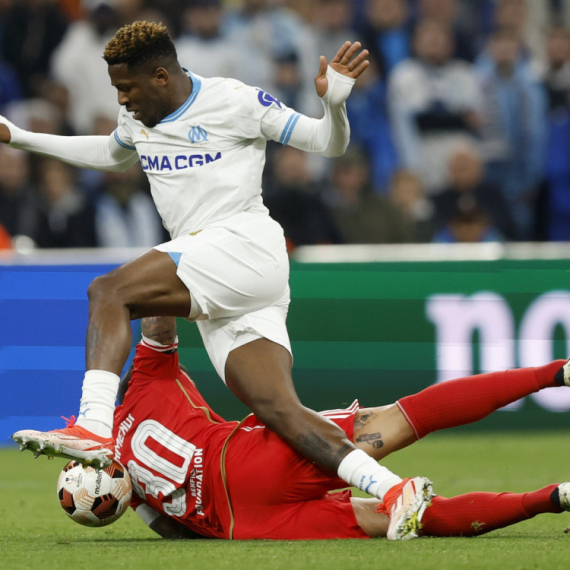

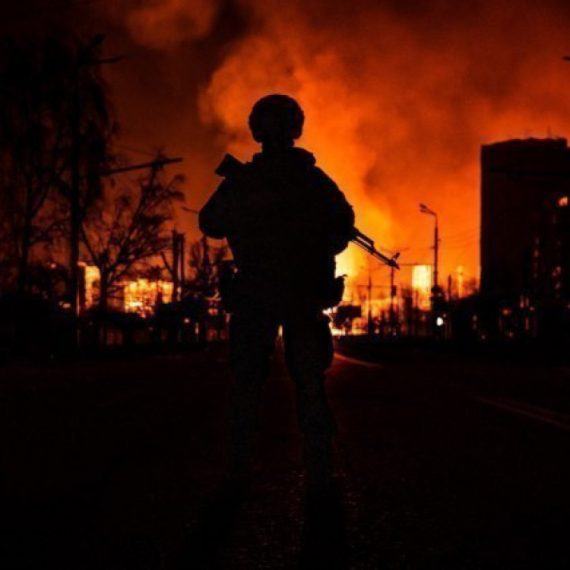
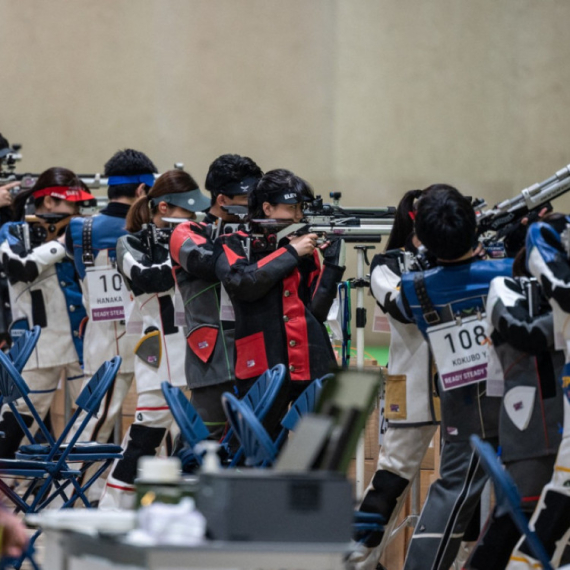
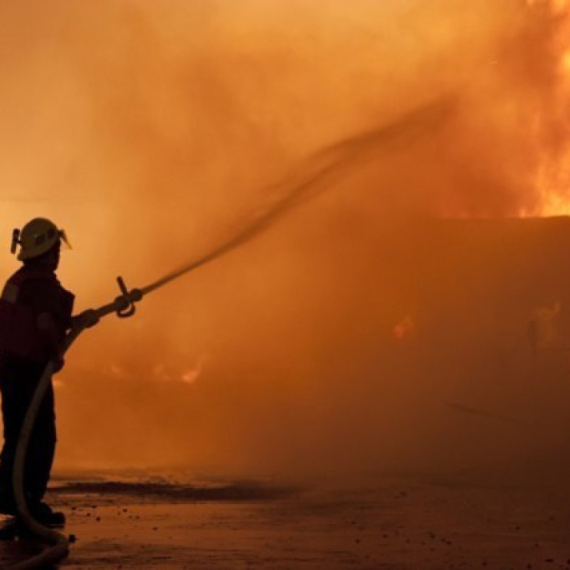
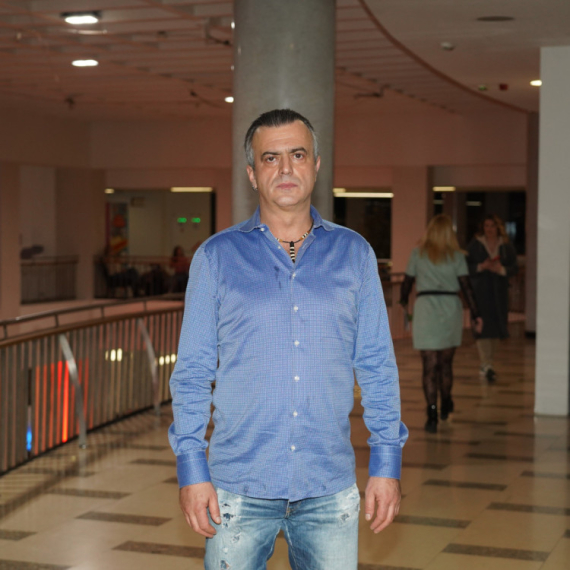
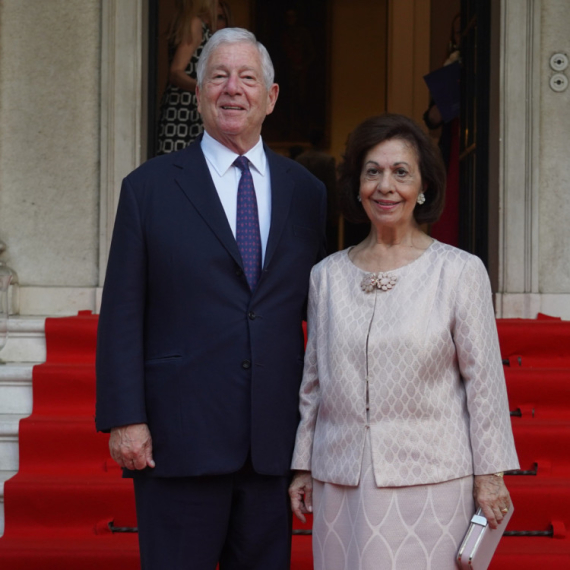


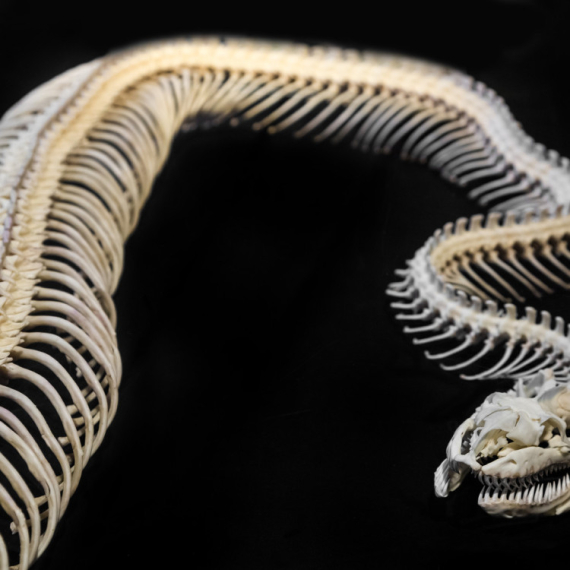





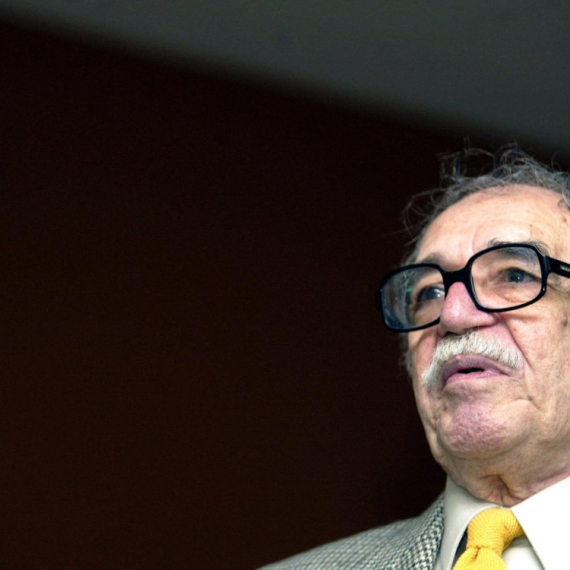

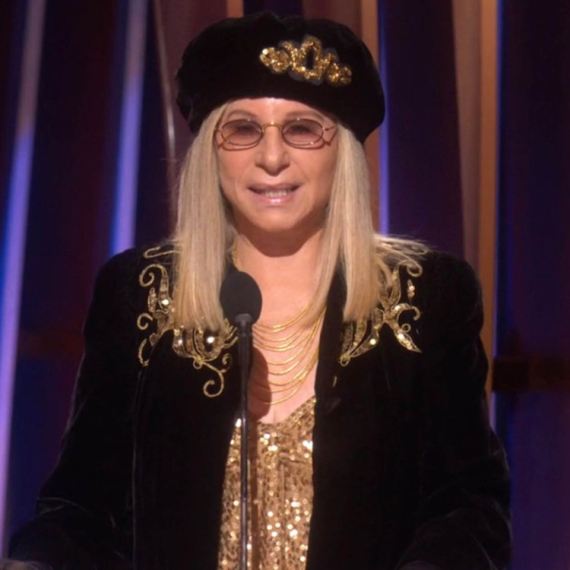
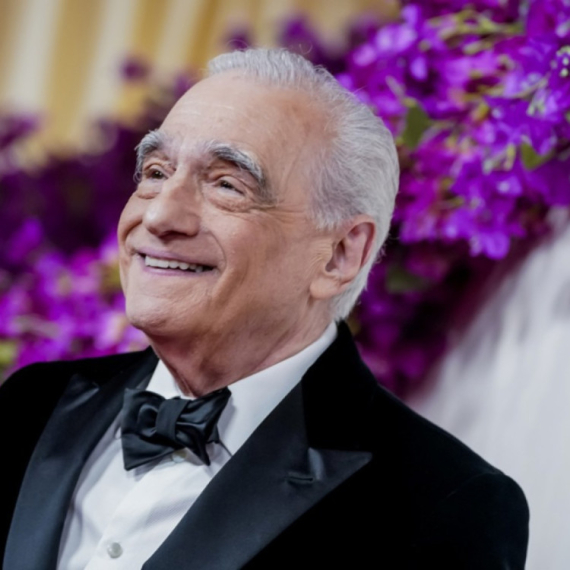
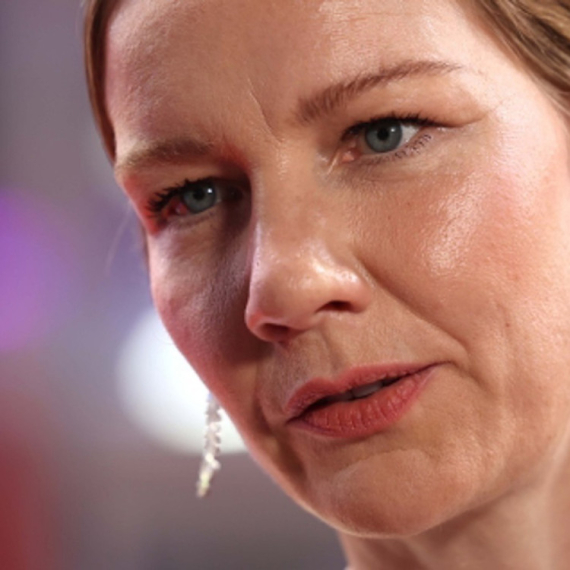


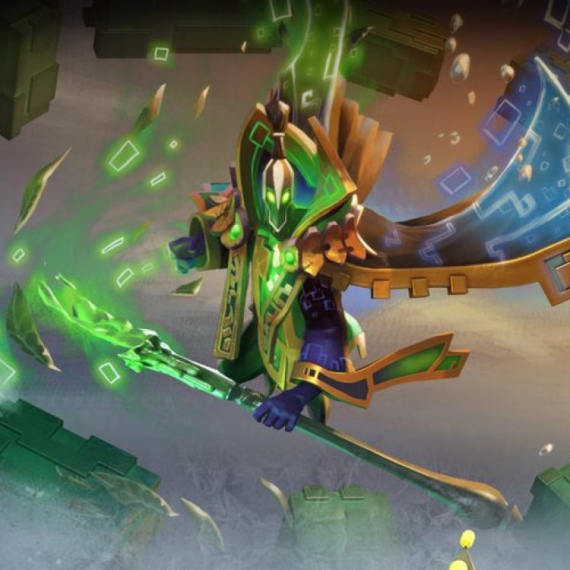
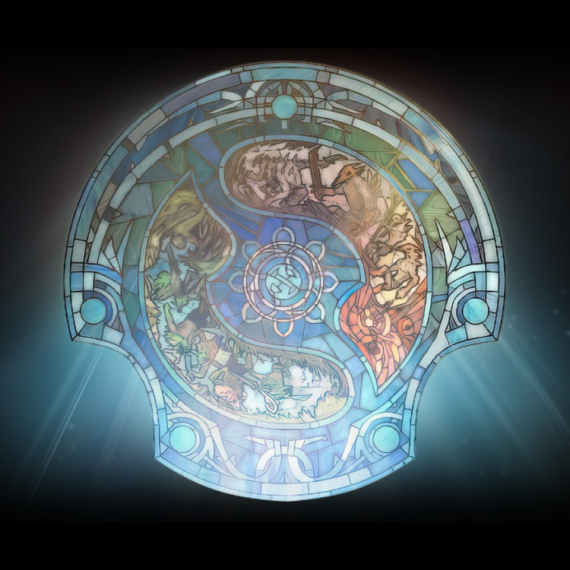
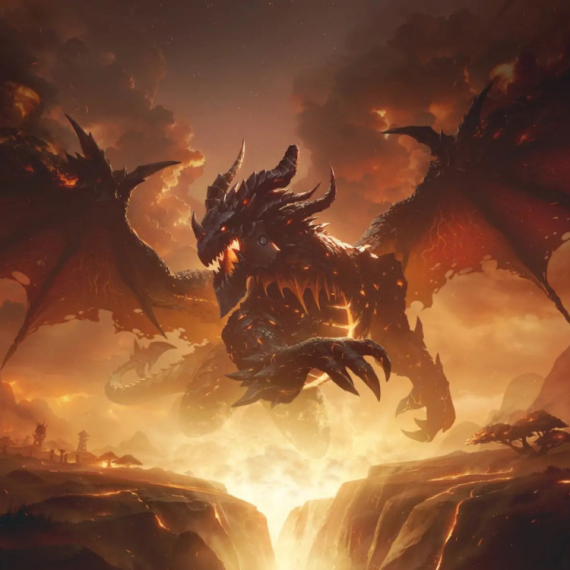
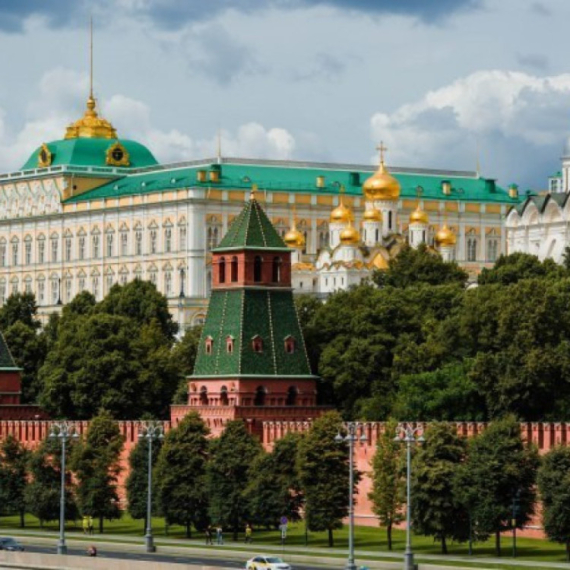
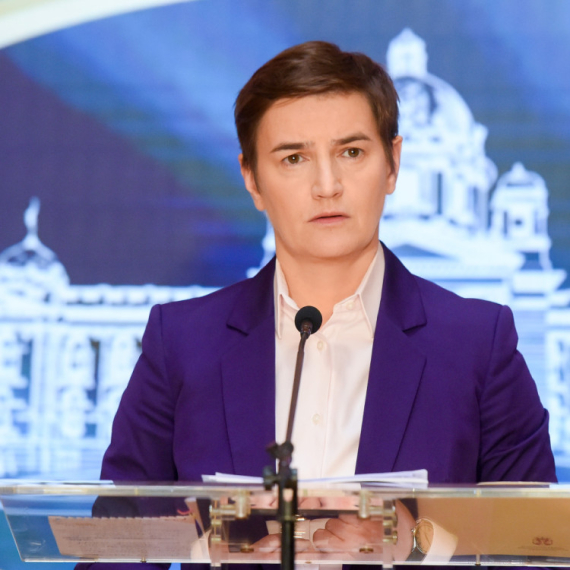

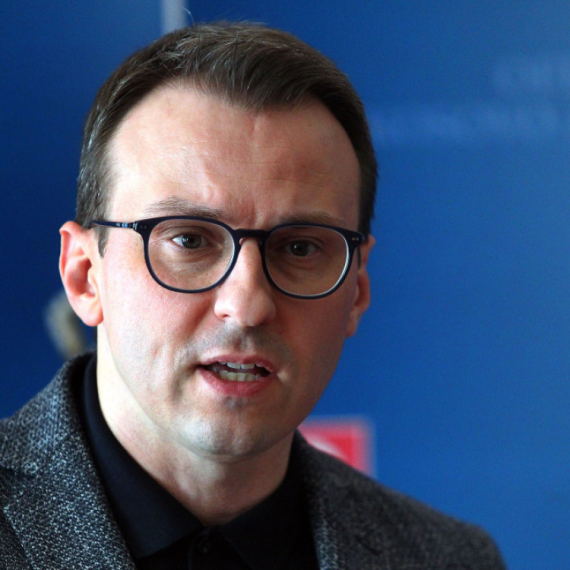
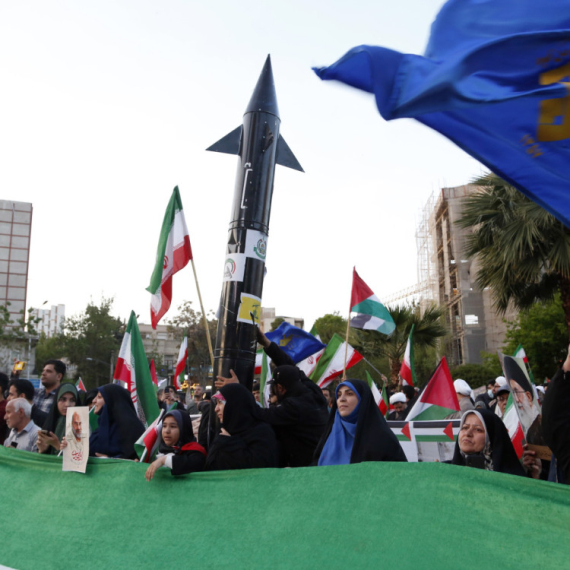

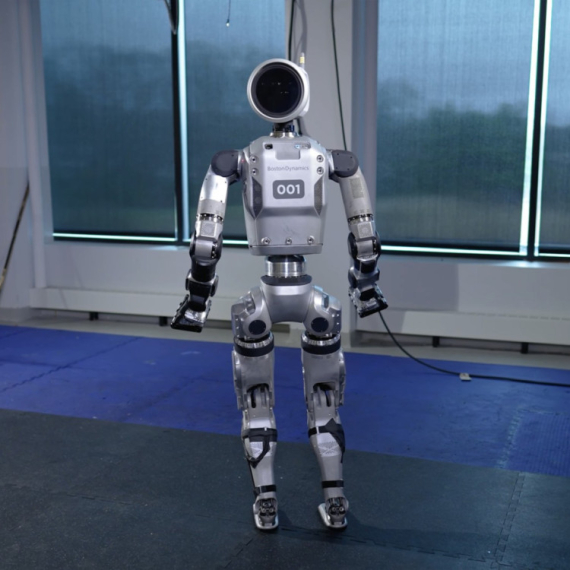

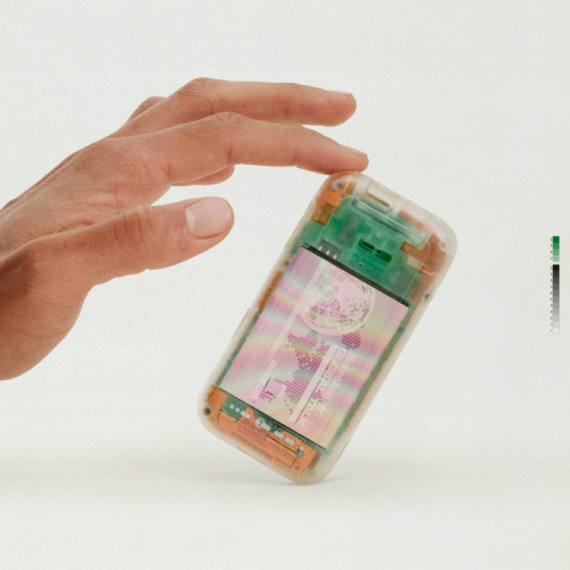
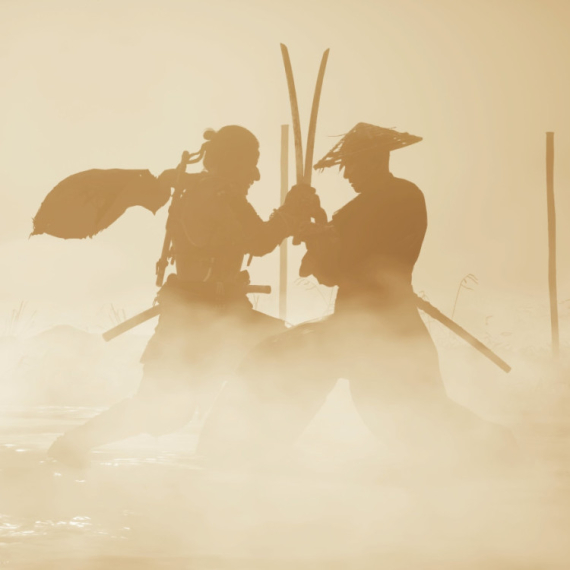




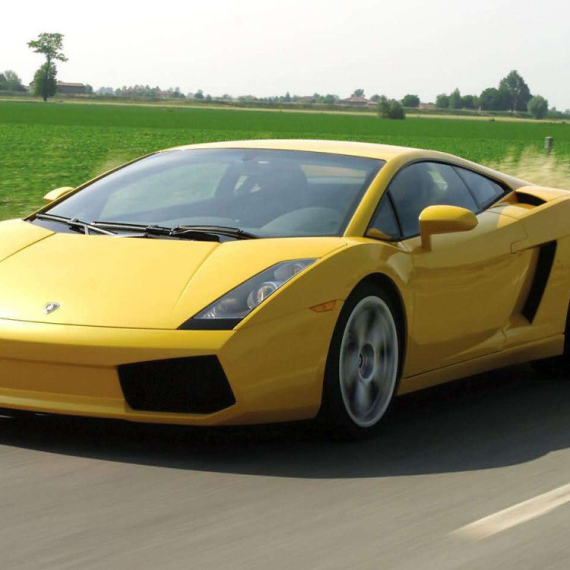
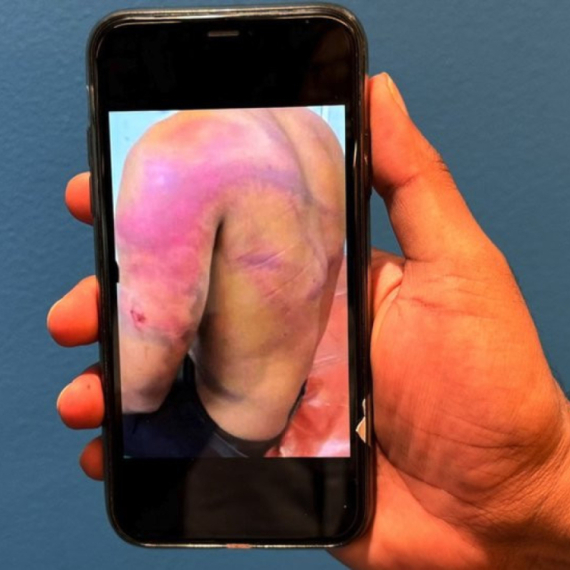
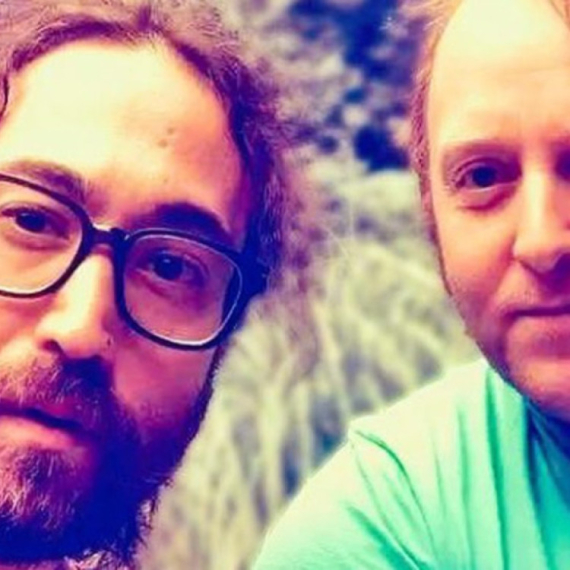
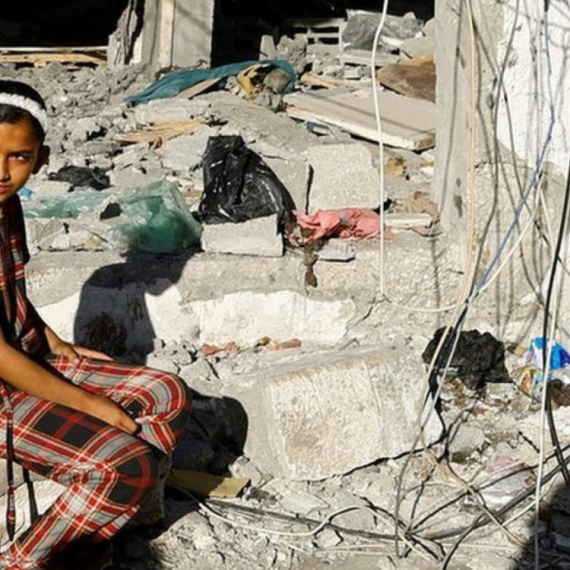
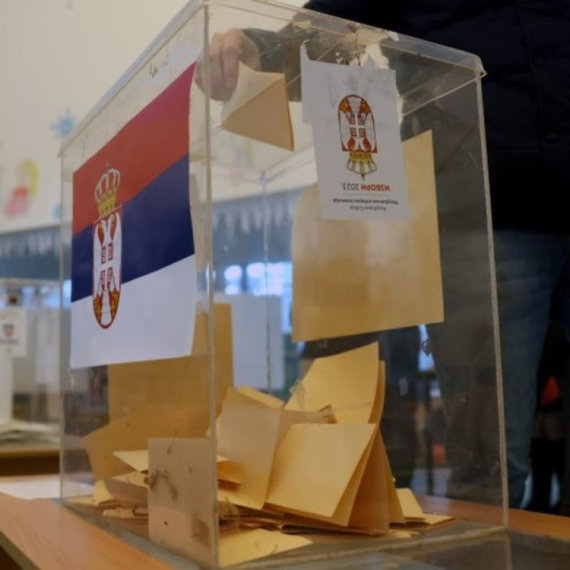
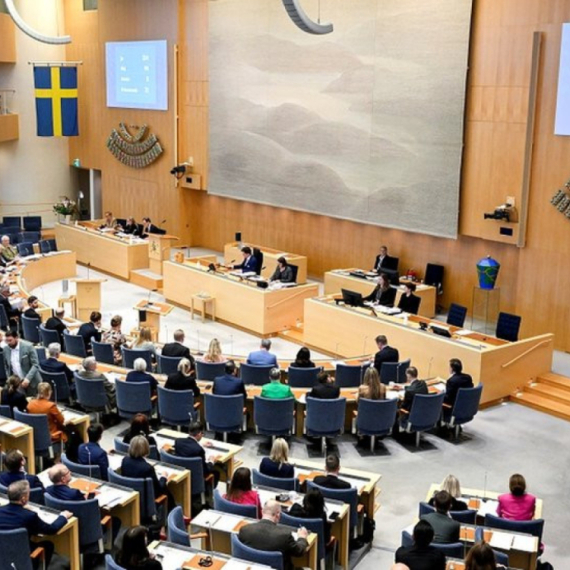

Komentari 0